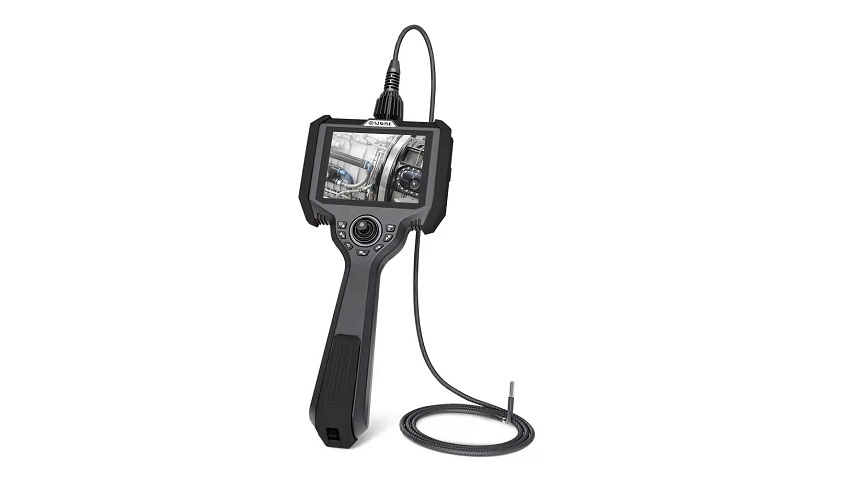Can industrial endoscopes be used in underwater environments?
2023-05-24
Industrial endoscope is a widely used inspection tool in industries such as mechanical manufacturing, aerospace, and automotive maintenance. It can penetrate deep into the interior of machines or narrow spaces for observation and detection. Due to the usually harsh working environment, these endoscopes need to have waterproof and oil resistant performance to ensure their normal operation and long-term use. Below, we will analyze how industrial endoscopes achieve waterproofing and oil resistance from three aspects: material selection, structural design, and production process.
1、 Material selection
Firstly, the endoscope should have waterproof and oil resistant properties, and the key lies in selecting corrosion-resistant materials that can withstand high temperature and pressure environments. Therefore, the casing of the endoscope is usually made of high-quality stainless steel or titanium alloy, which can effectively prevent corrosion and withstand high temperature and pressure environments. At the same time, the lens materials also need to be considered, usually optical glass or ceramic materials, which are corrosion resistant and high-temperature.

2、 Structural design
The structural design of the endoscope is also an important factor in waterproofing and oil resistance. Firstly, the endoscope should adopt a sealed structure to prevent water and oil from entering the interior, affecting work efficiency and service life. Secondly, the connection of the endoscope requires the use of O-ring seals or other sealing materials to enhance its sealing performance. In addition, the lens of the endoscope requires special coating treatment to prevent water and oil from adhering to the surface of the lens, thereby ensuring image clarity and work efficiency.
3、 Production process
Finally, the production process of endoscopes is also a decisive factor. In the manufacturing process, high-precision processing equipment and technology are required to ensure the dimensional accuracy and surface finish of the endoscope. At the same time, during the assembly process, it is necessary to strictly follow the design requirements for assembly and testing to ensure that the various performance of the endoscope meets the standard requirements. In addition, special treatment and coating spraying are required for the endoscope during the production process to enhance its corrosion resistance and pollution resistance.
In summary, in order to achieve the waterproof and oil resistant effect of industrial endoscopes, comprehensive consideration and optimization are needed from multiple aspects such as material selection, structural design, and production process. Only by strictly following these requirements can we ensure the long-term stable operation of the endoscope and provide reliable guarantee for the detection work.



